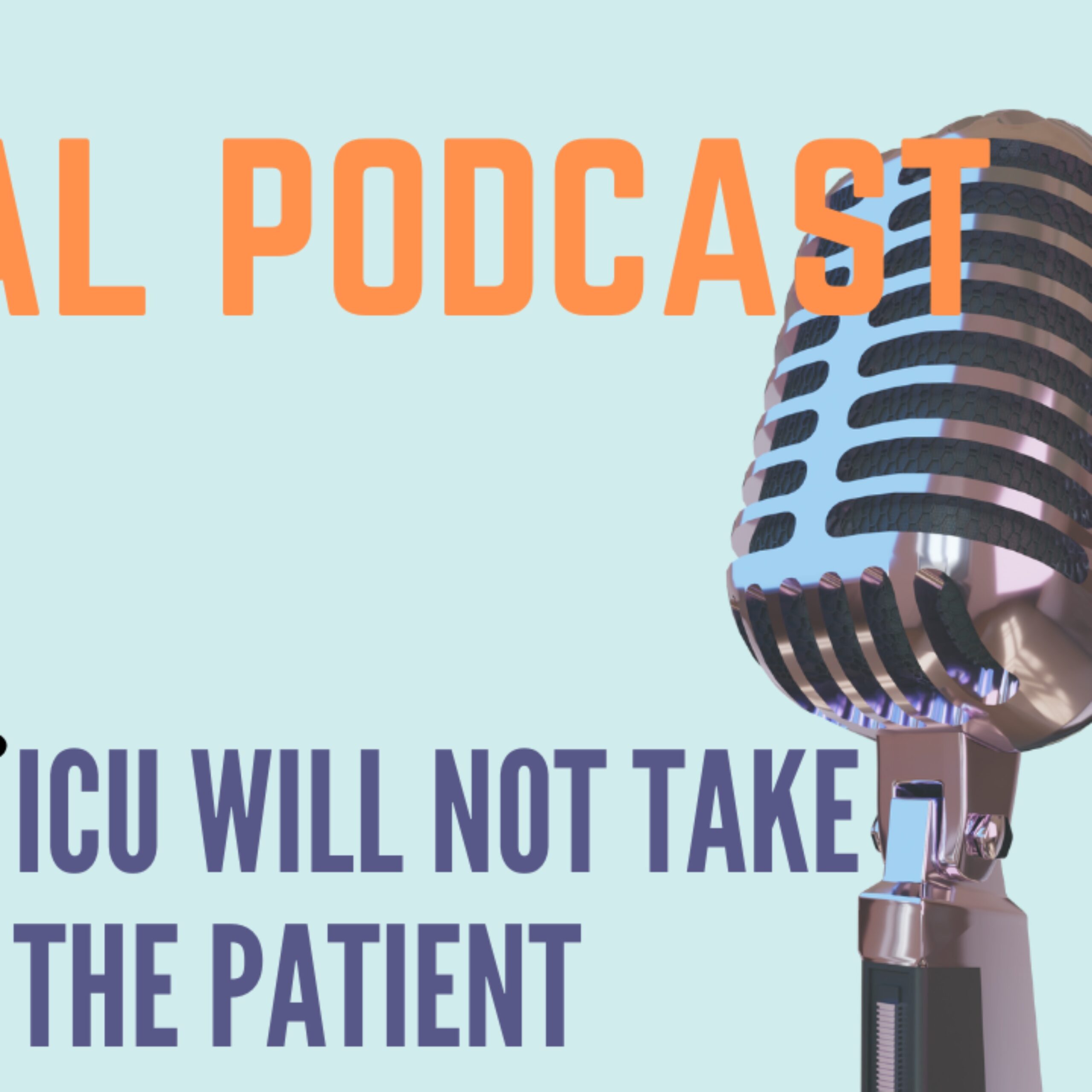An 88 yo patient who is fully independent, is brought into ED by ambulance in Cardiogenic Shock. The only past history the patient has is hypertension and hypercholesterolaemia.
Earlier that morning the patient developed central chest pain and felt dizzy. When the ambulance arrived the patient had the following vitals:
- Afebrile
- HR 72bpm
- BP 65/42
- Sats 97% on Room air.
ECG showed a normal sinus rhythm with no ST elevation or depression.
Following an unsuccessful fluid challenge, the ambulance commenced Adrenaline and gave Aspirin.
On arrival to the ED the patient is still complaining of chest pain and has the following vitals:
- HR 128bpm
- BP 132/68
There are still no signs of ischaemia on the ECG, it is normal sinus rhythm.
What percentage of patients with early AMI have ECG changes?
What percentage of patients with proven MI( history and Troponin) do not develop ST elevation or Depression?
What would you do now?
I stop the adrenaline and put up Noradrenaline. The ambulance state the patient has an advanced directive.
We talk about advanced directives and what they mean.
We also talk about Troponins and mortality.
Kaura et al. Association of troponin level and age with mortality in 250000 patients; cohort study across five UK acute care centres. BMJ 2019;367:16055
Below is a great graph from the above study. It shows that the hazard ratio for a high troponin is highest in the younger patients and decreases in the elderly. Why would that be?
Much of the literature quotes one study from 1999:
Hochman J et al. Early revascularisation in acute myocardial infarction complicated by cariogenic shock. August 26, 1999, 341(9): 625-634.
We also look at another study:
Ratcovich HL et al. Outcome in elderly patients with cardiogenic Shock Complicating Acute myocardial Infarction.Shock March 2022 57(3);327-335.
This was a retrospective, registry study. It quite interestingly showed amongst other things that for elderly patients who survived almost 70% were still alive at one year.
We look at the CardShock study:
Harjola V-P et al. Clinical picture and risk prediction of short term mortality in cardiogenic shock. Europe J Heart Fail. 2015. 17: 501-509
Finally we look at the American Heart Association statement:
Cardiogenic Shock in Older Adults: A Focus on Age-Associated Risks and Approach to Management: A Scientific Statement From the American Heart Association. Circulation 2024;149:e1051-e1065
Suggestions for clinical practice:
- “Inconsistent definitions of older adults and CS, along with limited recommendations within clinical practice guidelines, especially for individuals ≥75 years of age, create a knowledge gap for evidence- based recommendations in older adults.
- Clinical decision-making frequently places significant emphasis on chronological age, resulting in a disregard for the critical link between in-hospital outcomes and individual patient characteristics, including the presence of geriatric conditions such as multimorbidity, polypharmacy, cognitive decline, delirium, and frailty.
- HF-CS has emerged as the primary cause of CS. Older adults are more likely to develop AMI-CS com- pared with younger individuals. With the increasing prevalence of HF among the older adult population, a rise in HF-CS cases may be anticipated.
- Regardless of shock cause, CS mortality remains high and increases incrementally with advancing age.
- Age is recognized as a contributing factor to increased mortality risk in older adults with CS; however, it should not be regarded as the sole determinant. Individualized assessments consider- ing a range of contributing factors are necessary.
- A comprehensive assessment by an interdisciplin- ary team is crucial in the evaluation of the multi- factorial heightened mortality risk in older adults, taking into account baseline patient factors, clinical trajectory, …… read them all in the Papercut review of this study here.

